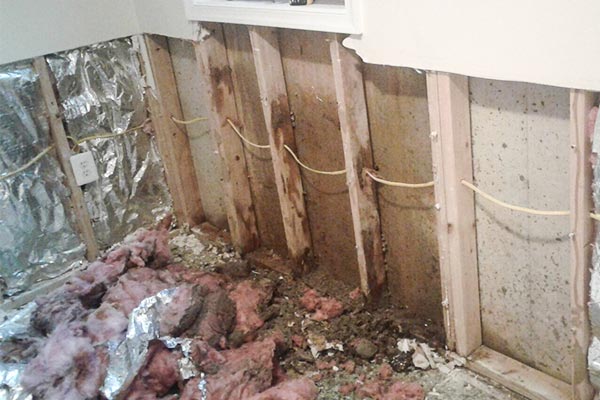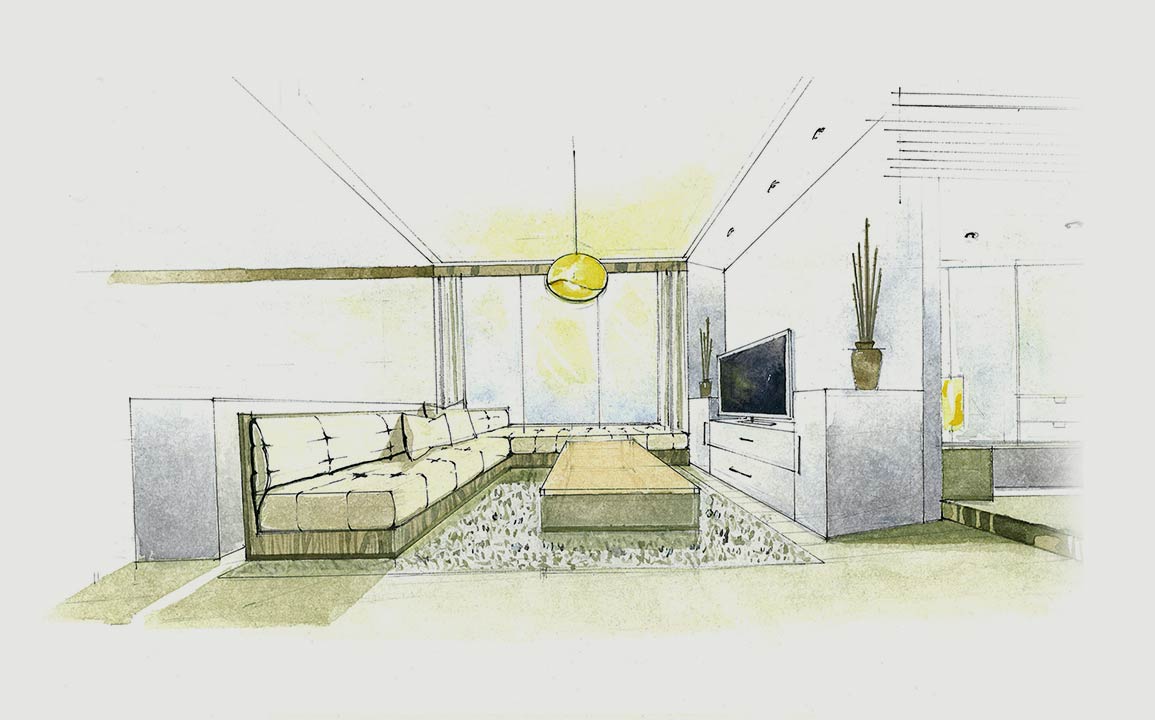Floods can be a nightmare for any homeowner. Without warning, you're faced with wet carpets, furniture, and even walls. It can be easy to focus on all the problems you can see. Unfortunately, water damage also has an invisible, dangerous partner - humidity.
Even though you can't see it, humidity has a big influence on how your property can be restored. In fact, it is important to address humidity from the beginning of the restoration process. While your property it drying out, the standing water is evaporating into the indoor air, raising the relative humidity. To be successful in drying a property, you need to make sure that the excess moisture is pulled out of the air before it can cause more damage. Controlling humidity is the secret behind water damage restoration activity.
When water gets into your house, relative humidity within the affected area balloons. It also leaves the air and seeps into porous building materials like wood and drywall. Even if you do not think to check, moisture loves to dwell in carpets and furniture, too. And here's the kicker: it's not always visible.
When humidity levels rise, the drying process slows down significantly. Since the air is saturated, it can't accept any more moisture evaporating. If not well handled, items that have soaked in water will take a long time to dry or may never dry at all. This not only slows down the restoration process but also causes a lot of secondary damage. Occasionally, these parts that take too long to dry will have to be replaced, which adds to the expense and time required.
Thus, controlling humidity is not merely a component of water damage remediation but the one that defines whether your building will ever return to normal or whether you will be dealing with consistent problems in the future.
Now, let's look at the scene that unfolds when humidity is not regulated after water damage occurs. Picture the air being laden with moisture, without doing anything to mitigate this. You might not even be aware of the problem. Perhaps you are starting to feel that all is well because the visible water is no more. However, there are signs that show up with time when humidity runs out of control.
Feet Up Carpet Cleaning of Towson has seen countless instances where improper humidity control led to extensive damage. This adds weeks to what should have been a quick recovery. This isn't a risk you want to take when time is of the essence.


Effective post-flood humidity control starts with not only eliminating the visible water but also addressing the moisture in the air and everything it has come into contact with. The first step is to remove as much water as possible from the affected area. Water can seep into areas you don't imagine, including behind walls and into furniture. After the visible water is removed, it's critical to control the humidity level.
This process requires high-powered fans and dehumidifiers. Fans help circulate the air to prevent moisture from settling, while dehumidifiers extract moisture from the air, reducing humidity levels. Monitoring humidity during restoration with tools like hygrometers is essential for ensuring proper drying.
Flooding is a drastic experience, and in most cases, homeowners are tempted to manage the process on their own. However, humidity control is not something that can be taken lightly. If you don't have the right equipment or experience, it's best to call a professional.
Water damage should be dealt with as early as possible to avoid further damage. You must regulate the humidity in your home to ensure a full recovery without additional expenses. Feet Up Carpet Cleaning of Towson has the equipment, knowledge, and commitment to address water damage scenarios and restore your home to its original state.
Contact us today at 443-608-5358 and let us help get your home back to where it should be - peaceful and safe.



